Introduction: The Heart of the Automobile
Understanding Internal Engines
Internal combustion engines (ICEs) serve as the backbone of the automotive industry. They convert fuel into mechanical energy through combustion processes occurring within the engine itself. This process generates power to propel vehicles and functions in various applications. From automobiles to motorcycles, the internal engine components has shaped the way we move in modern society.
The Historical Significance of ICE
The development of internal combustion engines marked a significant turning point in transportation history. The introduction of the gasoline engine in the late 19th century revolutionized the way vehicles operated. Alongside steam and electric engines, ICEs provided new options for individual mobility and commercial transport, shaping the industrial landscape.
Purpose of the Article
This article aims to explore the evolution of internal engine, focusing on key design changes and performance advancements. We will trace the historical development of ICEs, discuss innovations that have emerged over the years, and examine how these changes have influenced modern engine technology. Readers will gain a comprehensive understanding of the internal engine’s transformative journey.
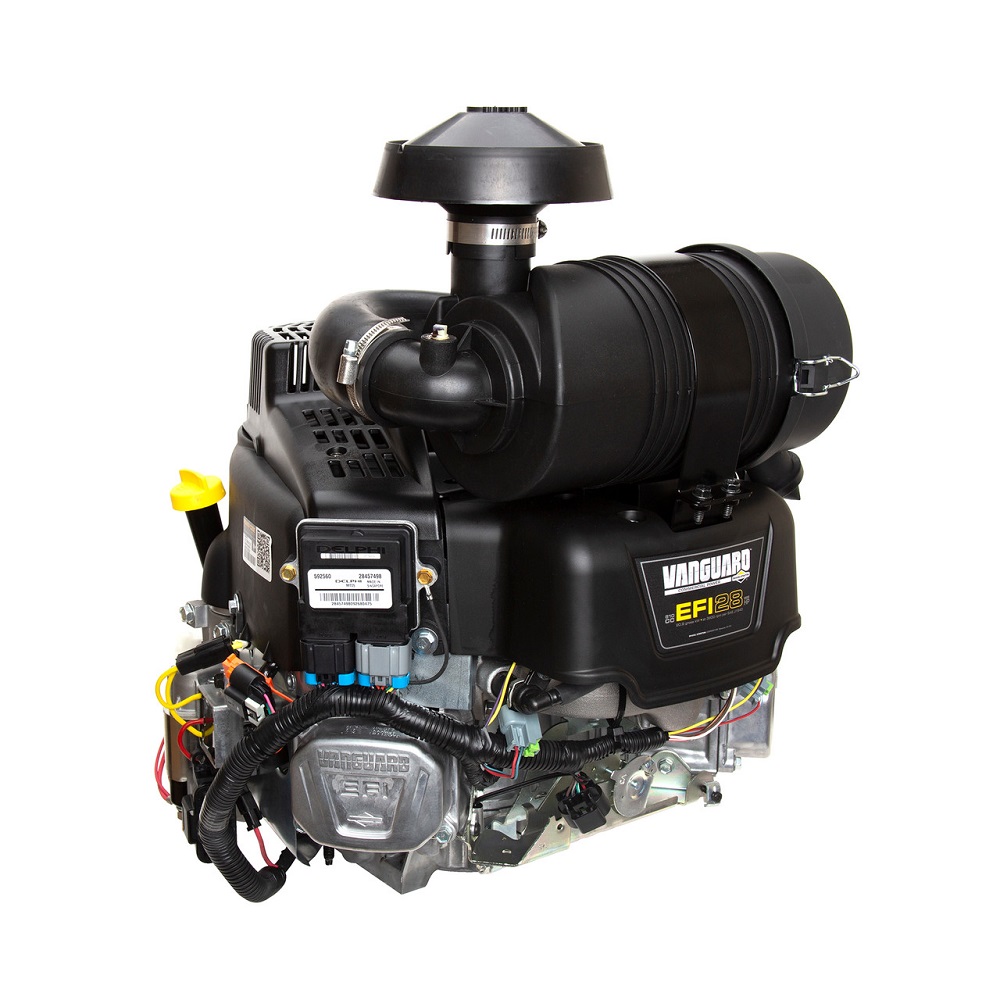
1. The Birth of Internal Combustion Engines
Early Concepts of Combustion
The idea of using combustion for power can be traced back to the late 1600s. Early inventors experimented with various mechanisms to harness the energy produced by burning fuels. Notable figures, such as Christian Huygens, developed primitive models that laid the groundwork for future innovations.
The First Practical Engines
In the early 1800s, the first practical internal combustion engines emerged. Notable designs included the atmospheric engine developed by Samuel Brown and the gas engine by George Brayton. These early engines were typically large and inefficient, but they showcased the potential of internal combustion as a power source.
Transition to Automobiles
The late 19th century saw a shift towards the automobile’s internal combustion engine. Karl Benz’s invention of the first gasoline-powered car in 1885 marked a significant milestone. This innovation paved the way for mass production and laid the foundations for the automotive industry as we know it today.
2. Advancements in Engine Design
The Emergence of the Four-Stroke Engine
One of the most significant advancements in internal engine design was the development of the four-stroke engine by Nikolaus Otto in 1876. This engine cycle included intake, compression, power, and exhaust strokes. The four-stroke design offered improved efficiency and smooth operation compared to its two-stroke counterpart.
The Role of Materials
Early internal combustion engines relied on heavy, durable materials to withstand the stresses of operation. As technology progressed, manufacturers began adopting lighter materials like aluminum and advanced alloys. These material changes led to reductions in weight while maintaining structural integrity.
Innovations in Valve Systems
Innovations in valve technology, such as overhead camshafts, improved airflow within the engine. This advancement allowed for better performance and increased power output. Engine designers continued to refine valve systems, optimizing efficiency and enhancing responsiveness as performance demands grew.
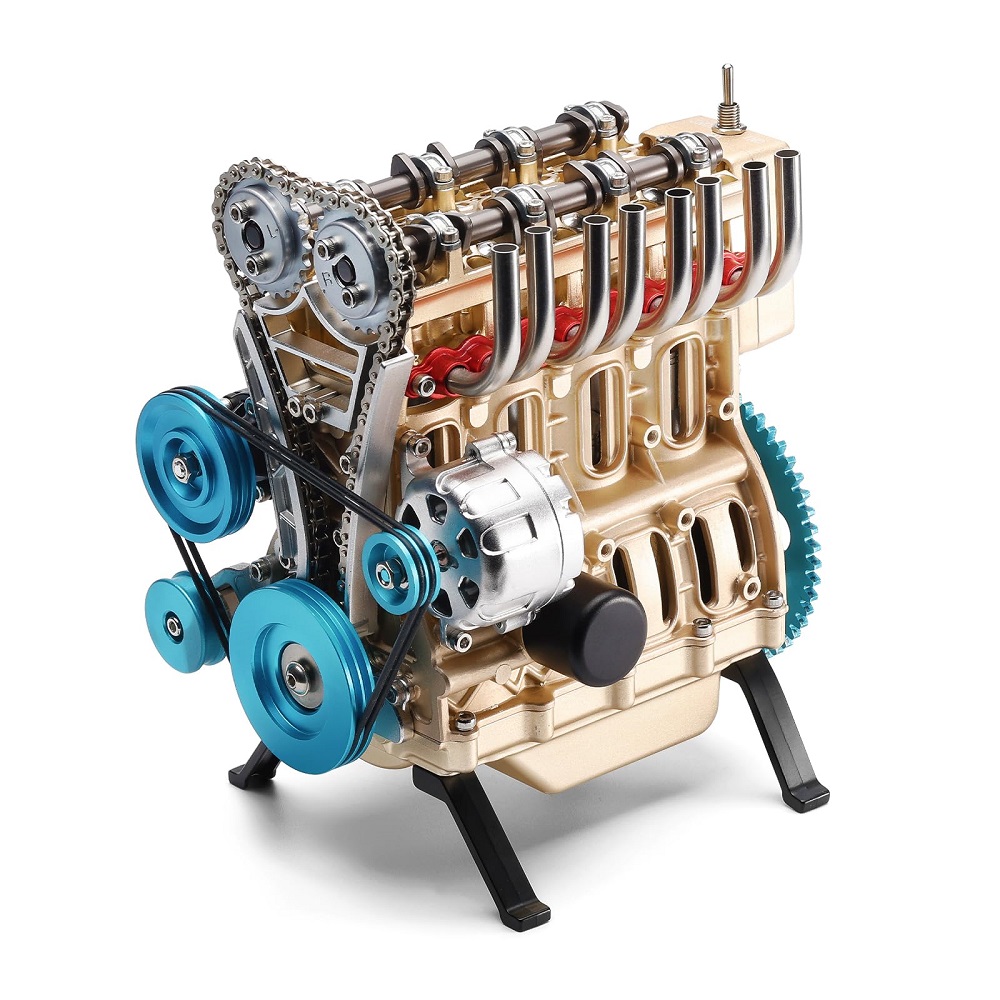
3. Fuel Systems Evolution
Carburetors to Fuel Injection
The journey of fuel delivery systems has also seen considerable transformation. Initially, carburetors were the primary means of mixing air and fuel. However, issues with tuning and efficiency led to the development of fuel injection systems. These systems provide more precise fuel delivery, improving combustion efficiency and performance.
Types of Fuel Injection
There are several types of fuel injection systems used in internal combustion engines today. Throttle body fuel injection (TBI) and port fuel injection (PFI) are common in many vehicles. Advanced systems such as direct fuel injection (DFI) deliver fuel directly into the combustion chamber, optimizing performance and fuel efficiency further.
Alternative Fuels and Biodegradables
As environmental concerns have grown, alternative fuels have gained attention. Ethanol blends, biodiesel, and compressed natural gas (CNG) have emerged as alternatives to traditional gasoline and diesel fuels. Developing engines that can run on alternative fuels is a key focus for manufacturers in their quest to reduce emissions.
4. Performance Enhancements
Turbocharging and Supercharging
Turbocharging and supercharging are methods utilized to increase the power output of internal combustion engines. Turbochargers use exhaust gases to spin a turbine which forces more air into the combustion chamber. Superchargers draw power from the engine’s crankshaft to compress air, resulting in improved performance.
Variable Valve Timing
Variable valve timing (VVT) is another advancement that has significantly improved performance. VVT systems adjust the timing of valve openings and closings based on engine speed, providing better fuel efficiency and power at varying RPMs. This technology helps maintain engine performance across a range of driving conditions.
Enhanced Engine Electronics
Modern internal combustion engines rely heavily on electronic control units (ECUs) for performance optimization. These systems manage various engine functions, including fuel injection, ignition timing, and emission controls. Advances in engine electronics have led to more efficient and responsive performance while meeting stricter environmental regulations.
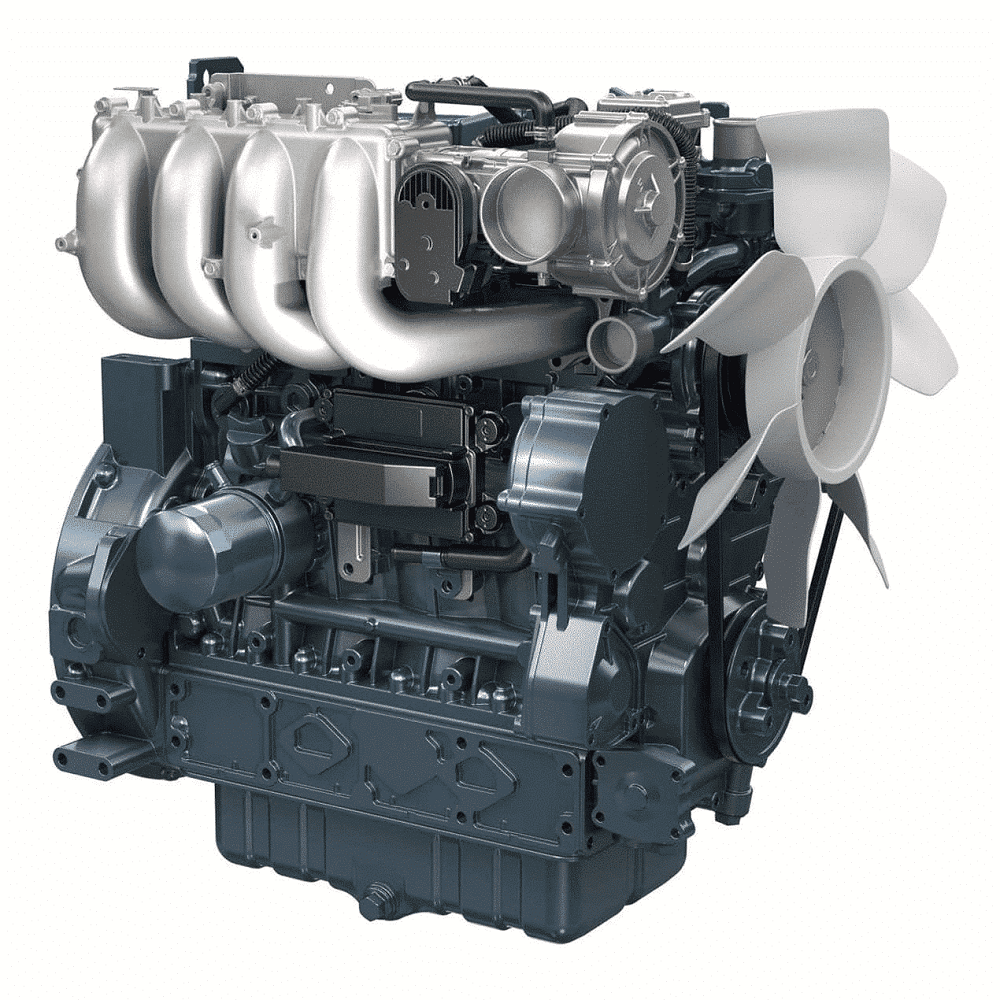
5. Environmental Considerations
Emission Regulations
With increasing awareness of environmental issues, manufacturers face stricter emission regulations. Governments worldwide have set standards to limit pollutants emitted by internal combustion engines. Compliance with these regulations has driven innovation and research into cleaner technologies for engine designs.
Innovations in Emission Reduction
Manufacturers have developed technologies such as catalytic converters and exhaust gas recirculation systems (EGR) to reduce harmful emissions. Catalytic converters transform harmful gases into less harmful substances, while EGR systems decrease nitrogen oxide emissions. The adoption of these technologies has made a significant impact on the environmental footprint of internal combustion engines.
The Shift Toward Hybrid and Electric Vehicles
As concerns about climate change grow, many automakers are investing in hybrid and electric vehicles (EVs). While hybrids still use internal combustion engines, EVs operate solely on electric power. This shift represents a crucial move toward sustainability in the automotive industry, emphasizing a decrease in reliance on traditional fuel sources.
6. The Future of Internal Combustion Engines
Innovative Designs on the Horizon
The landscape of internal combustion engines is changing rapidly with ongoing research and development. Future designs may incorporate features such as improved turbocharging, advanced hybrid systems, and alternative fuel capabilities. These innovations aim to enhance efficiency while reducing environmental impact.
The Role of Artificial Intelligence
The integration of artificial intelligence (AI) in engine technology will streamline performance and diagnostics. AI can analyze engine data in real time, predicting issues before they escalate. This proactive approach may transform how manufacturers build and maintain internal combustion engines.
Balancing Committed Improvements
While the automotive industry pivots toward electric power, many manufacturers will continue to refine internal combustion engines. Striking a balance between innovation and the continued use of ICEs will be crucial for offering diverse options to consumers in the coming years.
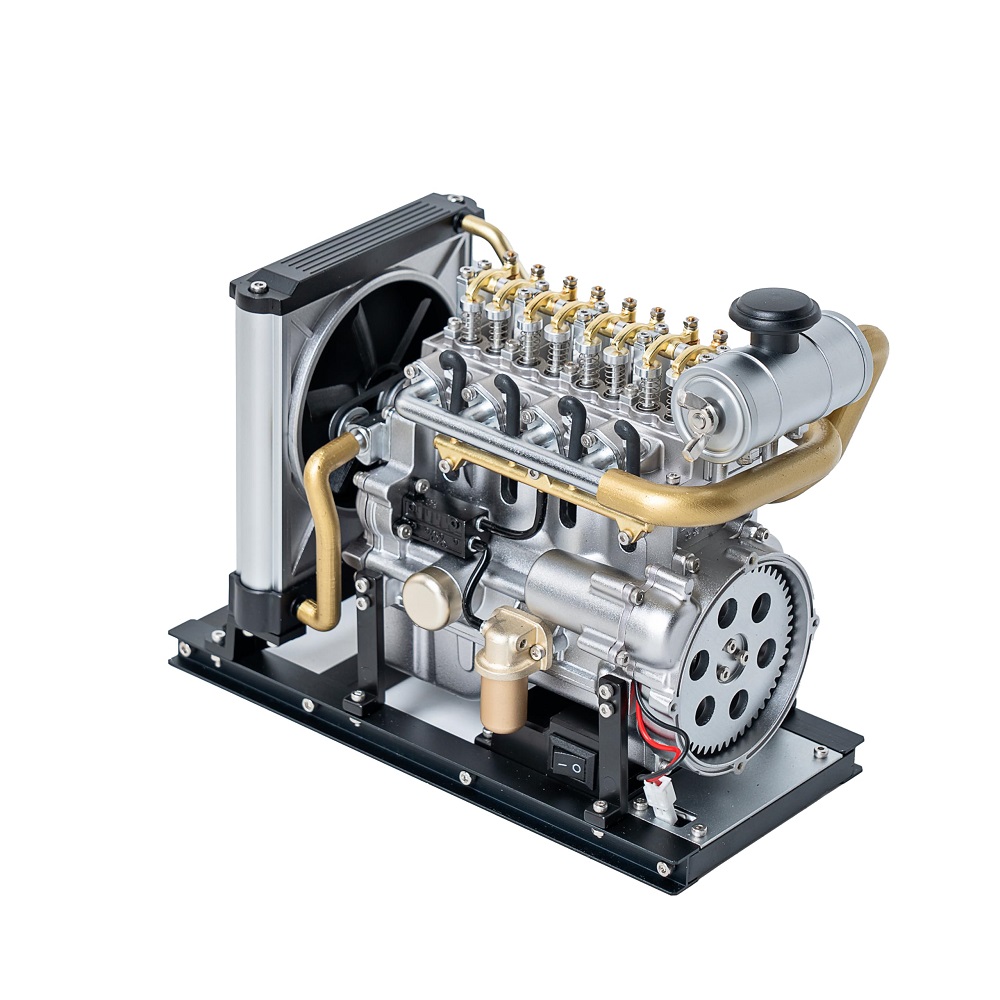
7. The Mechanics of Engine Performance
Understanding Engine Components
To appreciate the evolution of internal combustion engines, it’s essential to understand their key components. These include pistons, cylinders, crankshafts, and camshafts. Each part plays a vital role in converting fuel into motion.
The Role of Compression Ratios
The compression ratio is a critical factor in engine performance. It refers to the ratio of the maximum cylinder volume to the minimum cylinder volume. Higher compression ratios allow for more power and efficiency. Advancements in materials and design are allowing for increased compression without compromising engine reliability.
The Impact of Cooling Systems
Cooling systems play a significant role in maintaining optimal performance. They prevent overheating by dissipating heat generated during combustion. Advanced cooling technologies, such as liquid cooling and improved radiator designs, enhance the durability of internal engines.
8. Real-World Applications of Internal Combustion Engines
Automotive Industry
The automotive industry remains the most significant user of internal combustion engines. Cars, trucks, and buses depend on these engines to function. Innovations continue to improve performance, fuel economy, and emission standards, ensuring that internal combustion remains relevant.
Powersports and Marine Applications
Internal combustion engines also serve in powersports and marine applications. Motorcycles, ATVs, and boats rely on ICEs to provide the necessary power and reliability required for outdoor activities. Industry innovations enhance engine performance for increased safety and overall user experience.
Industrial and Agricultural Use
Beyond recreational applications, ICEs power many industrial machines and agricultural equipment. Generators, pumps, and tractors use internal combustion engines for reliable performance in demanding conditions. The adaptability of these engines across various sectors ensures their ongoing importance.
9. Choosing the Right Engine
Assessing Your Needs
When selecting an internal combustion engine, it’s essential to assess your needs. Consider the application—whether automotive, recreational, or industrial. Different tasks require specific power outputs, sizes, and designs. Matching the right engine to the intended use maximizes performance.
Researching Engine Specifications
Understanding engine specifications is vital for making an informed choice. Key factors such as horsepower, torque, and fuel type can influence your decision. Comparing specifications among different engines allows for a more comprehensive understanding of their performance capabilities.
Consulting with Experts
Don’t hesitate to consult with professionals in the field when selecting an internal combustion engine. Mechanics and technical experts can provide valuable insights into engine types suitable for your needs. Gaining their perspective can enhance your understanding and help you make the best choice.
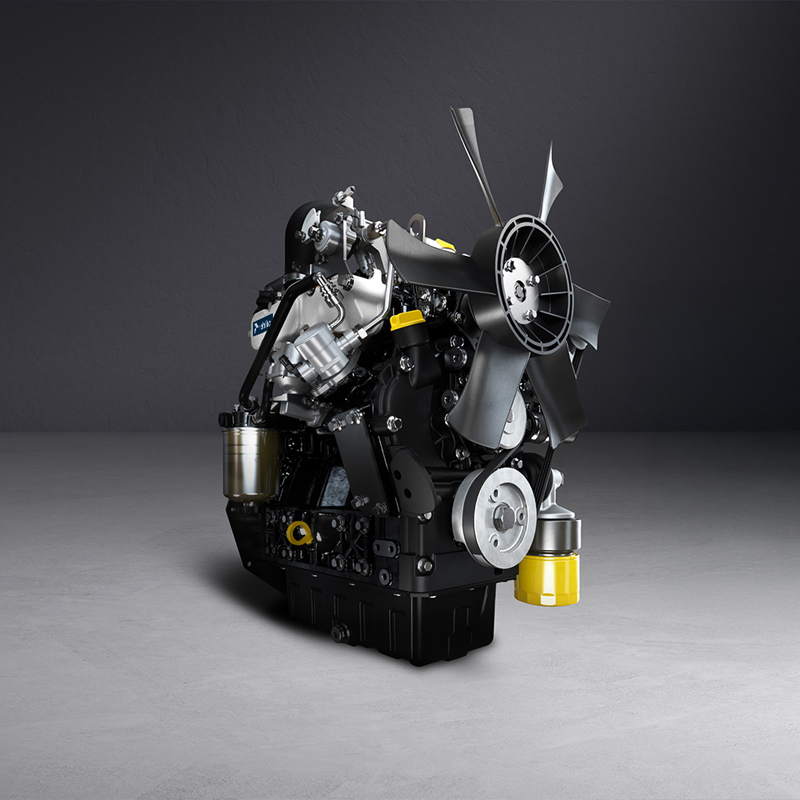
10. Staying Informed on Engine Innovation
Keeping Up with Industry Trends
Staying informed about the latest developments in internal combustion technology is key for consumers and professionals alike. Following automotive news sources and industry publications can keep you updated on emerging trends. Awareness of new innovations allows you to make informed decisions when purchasing or maintaining engines.
Utilizing Online Resources
Numerous online platforms are dedicated to automotive technology, providing valuable insights and resources. Forums, blogs, and instructional videos can enhance your understanding of internal combustion engines. Engaging with these resources fosters a sense of community among enthusiasts and professionals.
Attending Trade Shows
Consider attending trade shows or automotive expos focused on engines and technology advancements. These events showcase the latest innovations and allow you to engage with experts in the industry. Networking with fellow attendees can provide new perspectives on engine technology and its future.
11. The Shift Toward Alternative Energy Sources
Embracing Electric Solutions
As climate concerns grow, there is a noticeable shift toward electric solutions in the automotive industry. Electric vehicles (EVs) offer an environmentally friendly alternative to traditional internal combustion engines. This shift is indicative of a broader trend toward sustainability and cleaner power sources.
Hybrid Technologies
Hybrid vehicles combine internal combustion engines with electric power. This approach allows for increased fuel efficiency while reducing emissions. As technology advances, hybrids continue to provide an attractive option for consumers looking for a balance between traditional and modern energy sources.
The Future of Powertrains
The evolution of internal combustion engines does not mean their extinction. Engineers are working on methods to improve EF efficiency and reduce emissions. Finding ways to make traditional engines more compatible with an eco-friendly mindset is a significant focus for the automotive industry.
12. Conclusion: The Evolving Internal Combustion Engine
Summary of Key Points
Internal combustion engines have come a long way since their inception. Understanding their evolution, innovative features, and various applications is crucial for harnessing their power effectively. The combination of continued innovation and awareness of ecological impacts will guide the future of ICEs.
Embracing Change and Innovation
As technology advances, embracing change becomes essential. Adaptation and innovation are key components of thriving in the evolving automotive landscape. By staying informed and open to new approaches, consumers can navigate the exciting developments within engine technology.
Preparing for the Future
With knowledge of both current internal combustion engine technology and emerging alternatives, you can take advantage of the best that modern engineering has to offer. Embrace the exciting journey of discovery, whether you’re a casual enthusiast or a dedicated professional in the field. The evolution of internal engine continues, promising to deliver impressive advancements that will shape how we drive, work, and experience the world around us.